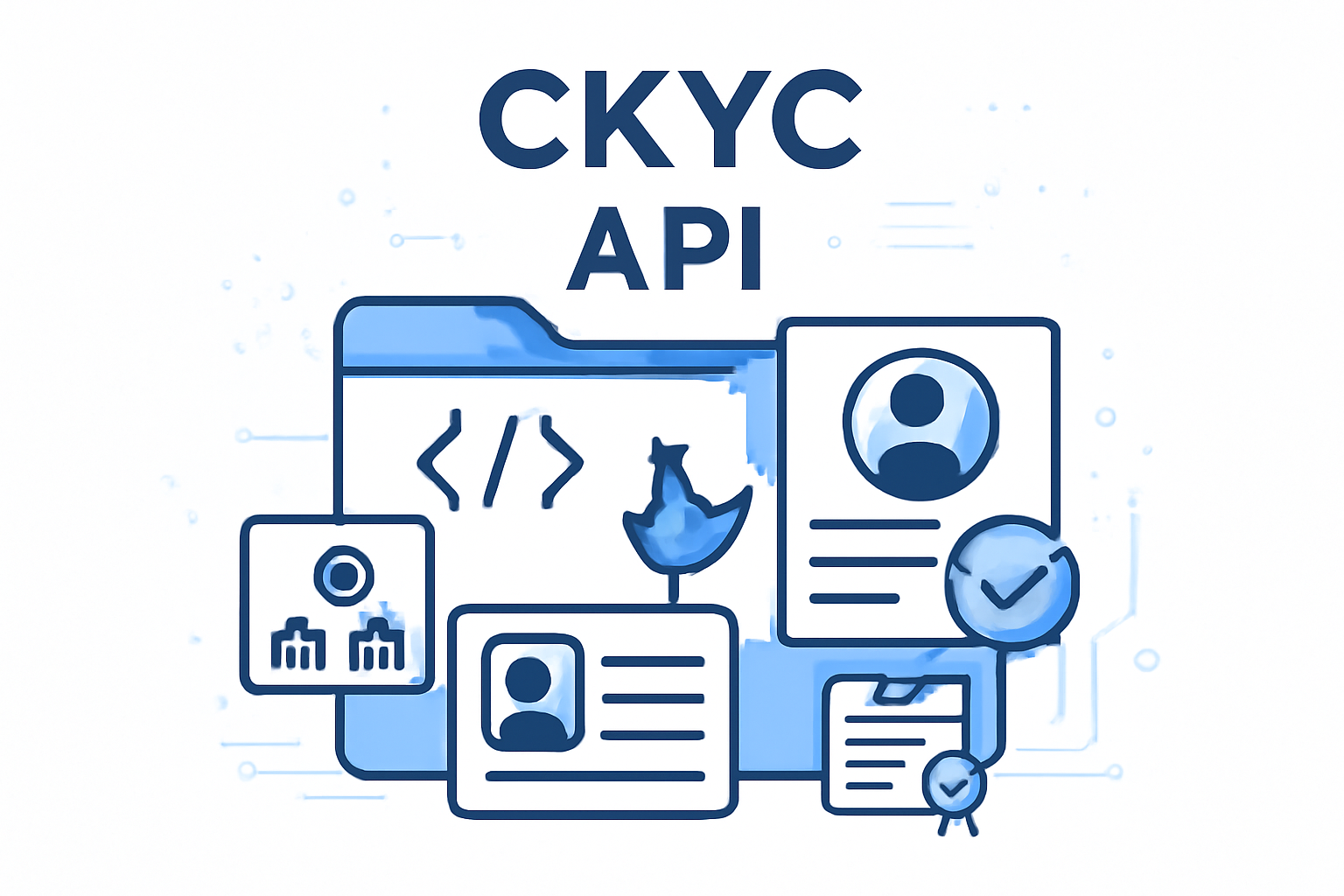Feel free to reach techsupport@surepass.io for any technical support or guidance.
CKYC

CKYC API Category
Overview
Category Details
Child Categories: None
APIs in this category: CKYC Search, CKYC Download
Key Capabilities
Main Functionality
The CKYC APIs provide financial institutions with the ability to access centralized KYC records through a BYOF (Bring Your Own FI Code) model, allowing registered institutions to securely search and retrieve comprehensive customer KYC information without duplicating verification efforts.CKYC Search
Search for customer records in the CKYC database using various identifiers such as CKYC number, PAN, Aadhaar, or other demographic details to verify if a customer's KYC is already registered in the central repository.
CKYC Download
Retrieve comprehensive KYC information for verified customers, including full name, parental details, permanent and correspondence addresses, photographs, and electronic KYC proof documents in a secure and compliant manner.
BYOF Integration
Utilize your registered Financial Institution (FI) code and private key with our platform to seamlessly access CKYC services while maintaining regulatory compliance and security standards required by CERSAI.
Common Use Cases
Banking
Insurance
NBFCs & Fintech
Integration Considerations
Best Practices
Important Limitations